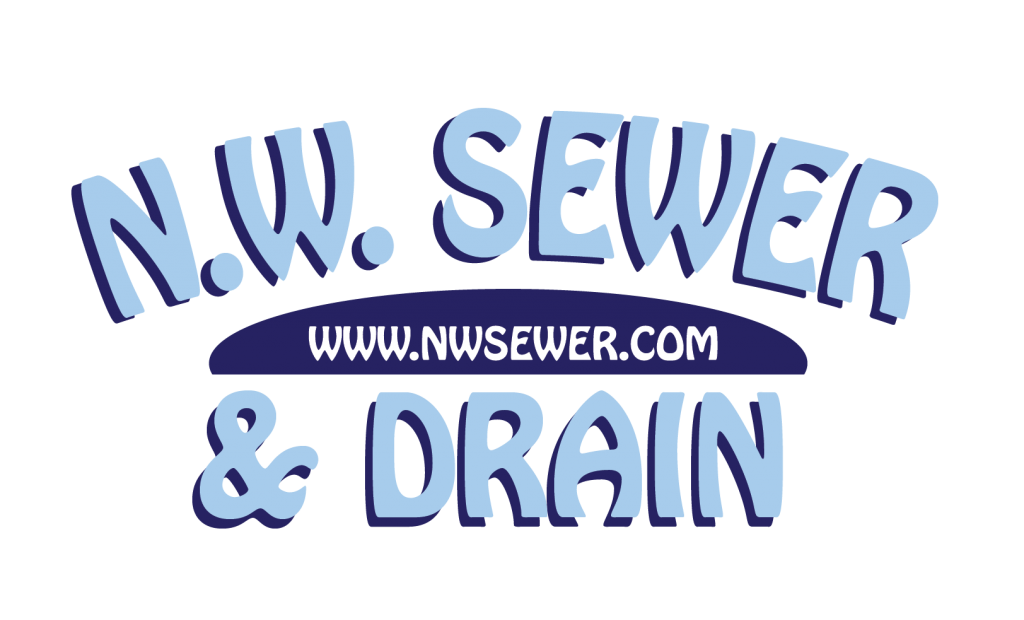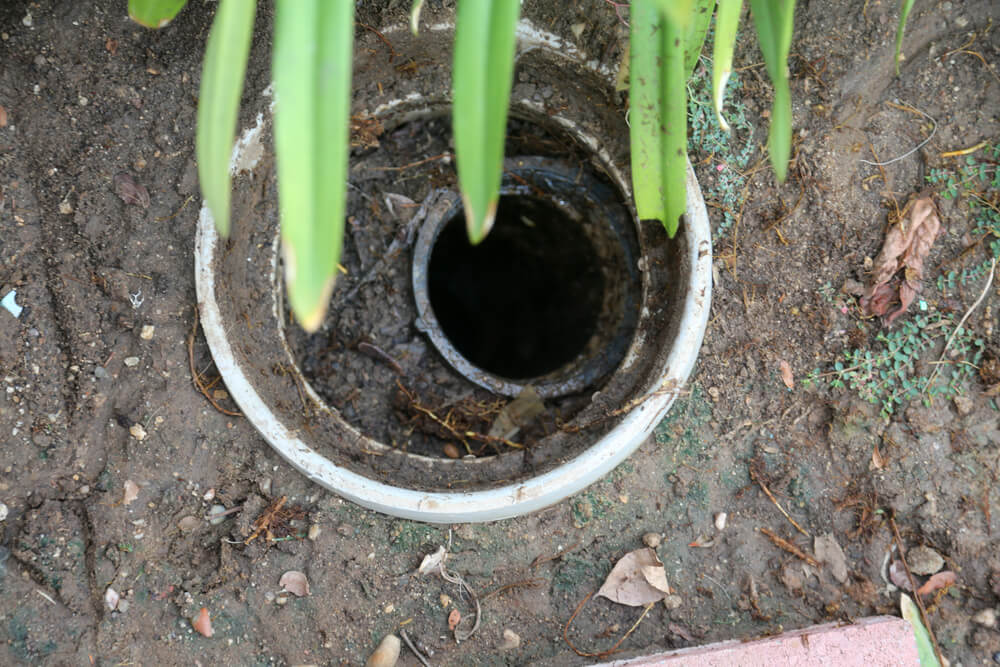A clogged drain pipe can be a real pain sometimes. However, there are several residential pipe-cleaning methods that you can use to clean out any clog in your pipe. We’re not talking about chemical cleaners, so you do not even need to take a trip to the store.
From removing hair, grease, food items, and everything in between from your drain pipes, here are the 6 residential pipe-cleaning methods you can try at home today.
1) Boiling Water
Boiling water has always been a very useful drain-cleaning method in homes. While it is not the most effective, it is certainly one of the easiest and quickest ways to dislodge clogs from your drain pipes. You can use boiling water to clear blockages temporarily from different kinds of home drains, including your kitchen sink, bathtubs, etc. So, how does it work?
Fill a big pot with water and let the water boil on the stove. Then carefully pour the boiling water down the affected drain pipe. Allow the boiling water to sit in the drain for some minutes, then repeat this process as often as necessary. This is typically very quick because the hot water will melt away as much grease as possible from the walls of the pipe and flush them down the drain. Note that boiling water will not solve a severe drain clog.
2) Boiling Water and a Plunger
Sometimes, using boiling alone may not be enough to completely clean your pipe. In many cases, using boiling water will only ease the drains temporarily. If you think the clog in your pipes is a bit more serious and requires a more drastic and effective measure to get rid of, then you can try the combination of hot water and a plunger.
First, allow the hot water to run in the affected drain for up to 30 minutes or an hour. The constant pressure of the water together with its temperature can potentially dislodge any clogs, grease, or stubborn debris. But if the clog remains after this process, then you can try using a plunger to remove the clog. Plungers are typically used in sinks and bathtubs.
3) Baking Soda and Vinegar
This is another method for cleaning a clogged drain in your home. Without running to the store, you can use these two items from your pantry to clean a clogged drain. Baking soda and vinegar are two of the most commonly used household items for cleaning a tough clog from your drain.
Interestingly, a mixture of baking soda and vinegar is also very effective for residential pipe cleaning. So, how do you use a mixture of soda and vinegar to clean your pipe? The first thing to do is to pour a bowl of hot water down the drain to make the effect of the mixture more effective.
Then measure out about half a cup of baking soda and mix it with another half cup of vinegar. Pour the mixture into the affected drain slowly. Cover it with the drain plug and let it sit for about 15 minutes. After this procedure, pour boiling water down the drain again to flush the drain.
This is one of the best residential pipe cleaning methods that won’t harm your pipes. In fact, a mixture of vinegar and baking soda will not only clean your drain (as it is tough on stubborn clogs), but it will also eliminate any foul or unpleasant odor emanating from the drain.
4) Drain Snakes
You can perform drain snaking by yourself. It is a DIY residential pipe cleaning method for removing clogs from your sink, shower, and tub drains. Note that there are more advanced drain cleaning methods today, but snaking your drain can sometimes be very effective. For example, snaking a drain works for removing hair clogs, stubborn debris, grease, and other kinds of stains typically found in residential pipes. You can try this pipe cleaning method if you think other methods are not effective.
But you might need to take a trip to your local home improvement store. The device consists of a corkscrew head, which will collect the clogs when you insert it into the pipe. However, keep in mind that drain snakes can be challenging to use, even though they are DIY devices. It can damage your pipes if you don’t use it correctly. If you encounter any challenges using drain snakes or are not comfortable using them, be sure to reach out to your local sewer and drain specialist.
5) Hydro-jetting
Hydro-jetting is a trusted and effective method for removing clogs from drain pipes. It is generally used in both residential and commercial buildings to clean out dirty drain pipes. Hydro-jetting is pretty effective for dislodging stubborn clogs and debris, including tree roots, from the walls of sewer pipes. This method is not only safe, but it is also the most effective residential pipe-cleaning method available to homeowners.
The hydro-jetting cleaning technique involves the use of water flowing at very high pressure, usually 4000 psi, and pumped into the pipes to clean out all kinds of debris from sewer drain pipes. The pressurized water is introduced into the pipes from one opening and let out through the exit point for wastewater flowing through the pipes.
A lot of sewer and drain specialists often prefer to use hydro-jetting when the drain system is often confronted with recurring severe clogs. The interior of your pipes often scales up with debris, grease, and mineral buildup, which causes clogging and slow draining. If this issue persists long enough, it can lead to sewer backups, meaning that dirty water may make its way into your home when the drains become blocked.
However, you cannot perform hydro-jetting by yourself. Unlike snaking your drain, hydro-jetting is not a DIY procedure. The sewer and drain specialist will need to use certain equipment and devices to ensure a proper clean-out of your drain pipe. In other words, you need to contact an experienced local contractor to help with the process. At N.W. Sewer and Drain, we typically carry out a sewer camera inspection before recommending a hydro-jetting procedure.
6) Contact Your Local Sewer and Drain Specialist
It is best to consult an experienced local sewer and drain cleaning company to advise you on what method is best for cleaning out your pipe.
At N.W. Sewer & Drain, we have a well-trained and ready-to-move team on standby. We serve the Seattle metropolitan area, including Bellevue, Kirkland, Shoreline, Renton, Lake Forest Park, Mountlake Terrace, Auburn, Everett, Marysville, Mount Vernon, and other surrounding areas.
N.W. Sewer & Drain provides top-notch drain cleaning and sewer repair services in the greater Seattle area, and we’ve been in the business for nearly 20 years. Contact us today at 206-931-7728 to schedule an inspection of your sewer line and pipes.
Frequently Asked Questions on Effective Residential Pipe Cleaning Methods
1. What are some effective residential pipe cleaning methods?
Several effective residential pipe cleaning methods include using boiling water, baking soda and vinegar, drain snakes, and hydro-jetting. These methods can help clear clogs and maintain your pipes without relying on chemical cleaners. Each method has its pros and cons, so choose the one that best suits your needs.
2. How can I use boiling water to clean a clogged drain?
Boiling water is a quick and easy way to dislodge clogs from your drain pipes. Simply boil a pot of water and carefully pour it down the affected drain. The hot water helps melt grease and flush away debris. Repeat this process if necessary, but keep in mind it may not work for severe clogs.
3. What is the benefit of using baking soda and vinegar for drain cleaning?
Baking soda and vinegar create a chemical reaction that can break down clogs and clean your pipes. Start by pouring hot water down the drain, then add a mixture of half a cup of baking soda and half a cup of vinegar. Let it sit for about 15 minutes, then flush with boiling water again. This method is eco-friendly and effective for minor clogs.
4. Can I use a plunger to clear a drain clog?
Yes, a plunger can be effective for clearing drain clogs, especially when combined with hot water. Run hot water in the affected drain for 30 minutes to an hour to loosen the clog. Then, use a plunger to create suction and dislodge the blockage. This method works well for sinks and bathtubs.
5. What is a drain snake and how do I use it?
A drain snake, or plumber’s snake, is a long, flexible metal cable with a corkscrew head. Insert it into the clogged drain and rotate the handle to break up the blockage. This method is effective for removing hair and stubborn debris but can be challenging to use. Be careful to avoid damaging your pipes.
6. How does hydro-jetting work for residential pipe cleaning?
Hydro-jetting uses high-pressure water to blast away clogs and debris from your pipes. This method is highly effective for serious blockages and long-term maintenance. It requires specialized equipment and should be performed by a professional. Hydro-jetting is safe for most plumbing systems but may not be suitable for older or fragile pipes.
7. Is hydro-jetting better than using a drain snake?
Hydro-jetting is generally more effective than using a drain snake because it thoroughly cleans the entire pipe, removing all debris and buildup. A drain snake can only clear blockages within its reach, leaving some residue behind. For severe or recurring clogs, hydro-jetting provides a more comprehensive solution.
8. How can I prevent future drain clogs?
To prevent future drain clogs, avoid pouring grease, coffee grounds, and food scraps down the drain. Use drain screens to catch hair and debris, and schedule periodic professional cleanings. Regular maintenance and mindful usage can help keep your pipes clear and free-flowing.
9. What should I do if my DIY methods aren’t working?
If DIY methods like boiling water, baking soda and vinegar, or using a drain snake aren’t working, it’s time to call a professional. Persistent clogs may indicate a more serious issue that requires advanced techniques like hydro-jetting. A professional plumber can assess the situation and recommend the best course of action.
10. How often should I clean my drains to avoid clogs?
Regular maintenance is key to avoiding clogs. For residential properties, consider cleaning your drains every 1-2 years. This can help prevent major blockages and keep your plumbing system running smoothly. More frequent cleanings may be necessary for homes with high water usage or recurring issues.




